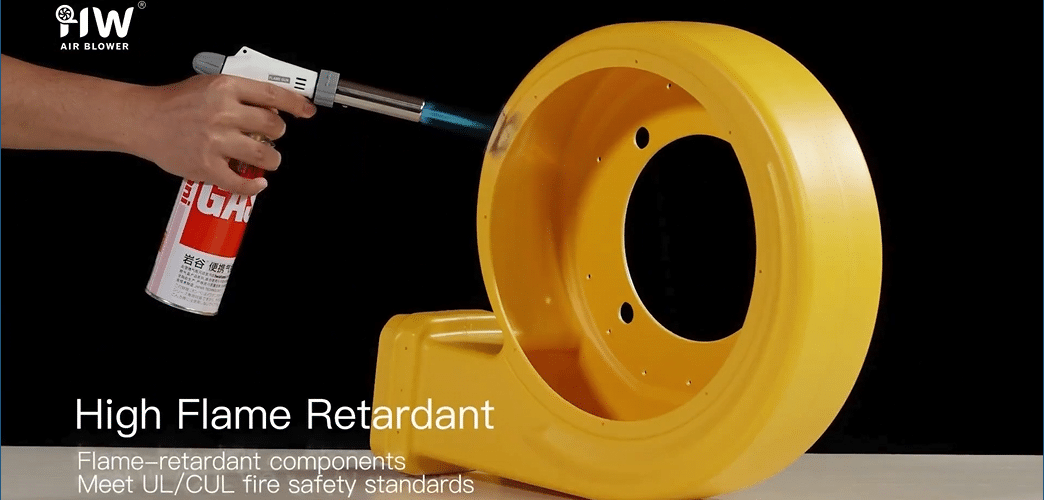
How to Quietly Run Air Blowers in Noise-Sensitive Areas
Operating air blowers in noise-sensitive settings, such as weddings, corporate functions, or residential events, requires minimizing blower noise without compromising performance. Huawei air blowers are designed with efficiency and reduced noise in mind, but there are additional steps you can take to ensure quiet operation. Here’s how to keep air blowers running quietly for a seamless event experience.
1. Choose a Low-Noise Blower Model
Start by selecting a low-noise blower model from Huawei’s lineup, such as their QuietFlow or Portable Series, which are specifically designed for quieter operation. These models typically operate around 60-65 dB, similar to a normal conversation, making them ideal for indoor or noise-sensitive events.
2. Position the Blower Away from Guests
Where you place the blower can significantly reduce perceived noise. Position the blower as far from guest areas as possible, ideally around a corner or behind a barrier. Directing the blower’s outlet away from the audience also helps reduce noise impact, allowing sound to dissipate naturally.
3. Use Sound-Absorbing Mats or Blankets
Placing a sound-absorbing mat or blanket underneath and around the blower can help muffle noise. Rubber mats, foam padding, or acoustic blankets work well to absorb vibrations and reduce the noise that travels through the ground or surrounding surfaces. Just ensure that air inlets and outlets remain unobstructed to avoid airflow restriction.
4. Create a Noise Barrier with Partitions or Fencing
If possible, set up temporary barriers around the blower using items like portable fencing, panels, or even hay bales. These barriers can act as sound baffles, absorbing and blocking noise. Ensure there’s enough space around the blower for ventilation and airflow, as confining the blower too tightly may cause overheating.
5. Operate Blower at Low Power Settings, If Possible
Some Huawei blower models come with adjustable speed or power settings. If your blower has this feature and the inflatable size allows, operate the blower on a lower setting to decrease noise levels. Just confirm that the inflatable remains fully inflated at the reduced setting to avoid compromising stability or safety.
6. Schedule Setup Outside of Event Hours
If feasible, run the blower at full power during setup when guests aren’t present. Once the inflatable is fully inflated, reduce the blower’s power or place sound dampening equipment around it. This strategy minimizes noise when guests arrive, creating a more comfortable event atmosphere.
7. Opt for Natural Noise Baffles
When outdoors, position the blower behind natural sound barriers like bushes, trees, or landscaping features. Natural elements help diffuse noise without creating confined spaces, maintaining both quiet and proper ventilation for the blower.
8. Regularly Maintain the Blower
Over time, wear and tear can cause blowers to become louder. Regularly clean and inspect your blower to ensure smooth operation, as loose parts or debris can increase noise output. A well-maintained blower operates more quietly and efficiently, keeping noise levels low at each event.
Conclusion: Quiet Blower Operation for a Seamless Event Experience
With the right model and thoughtful positioning, you can significantly reduce blower noise, even in sensitive environments. By using sound-absorbing materials, choosing natural barriers, and maintaining your blower, you create a quieter setup that enhances the experience for guests and keeps your clients satisfied.
Use these tips with your Huawei air blower to provide dependable, quiet service for every noise-sensitive event, ensuring both performance and a peaceful atmosphere.